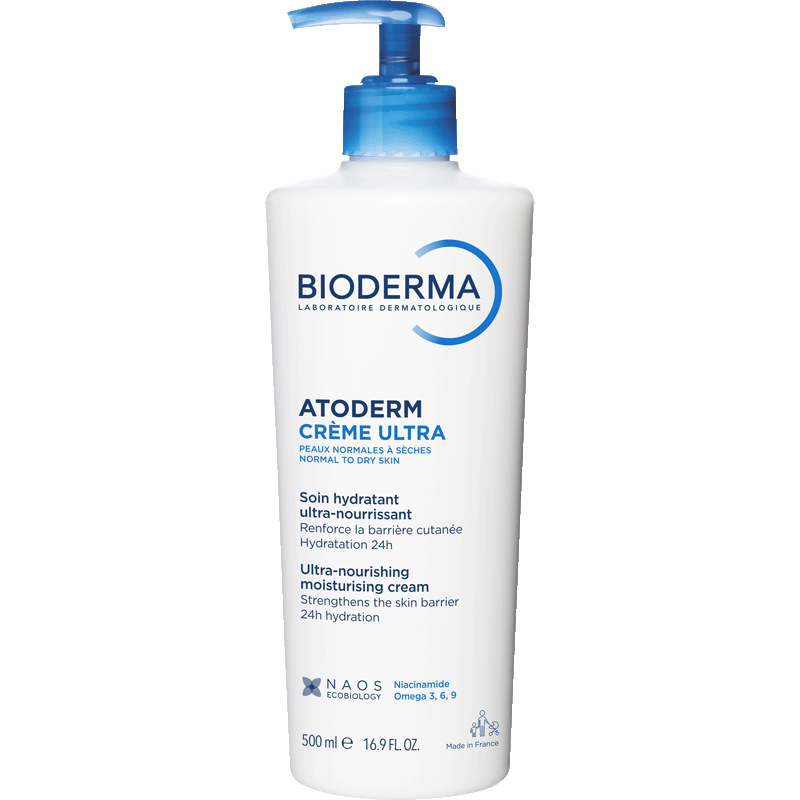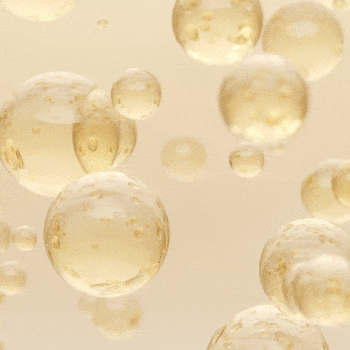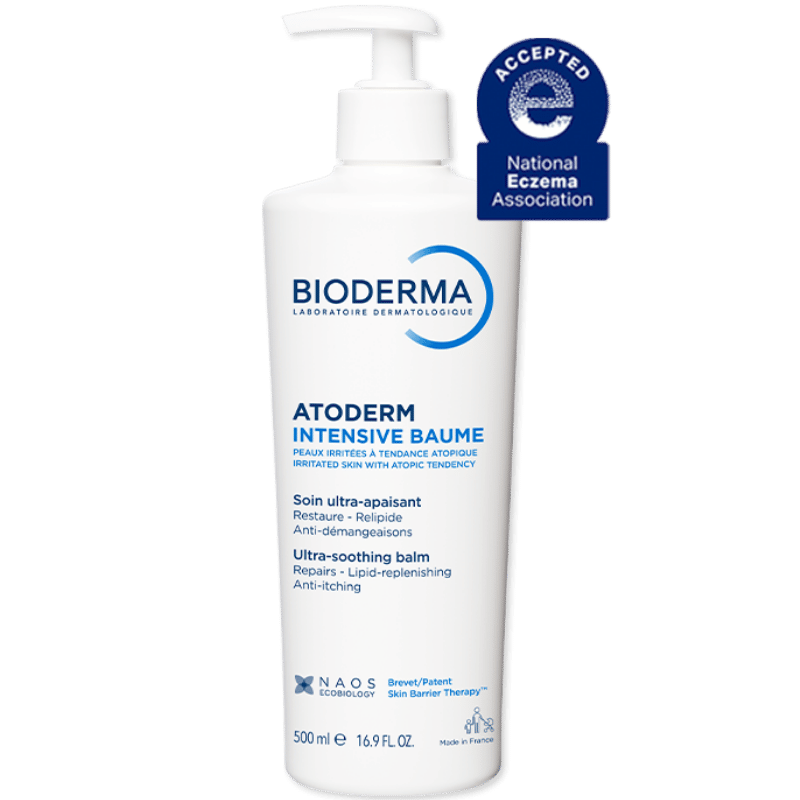Normal, dry to atopic skin
Dry skin lacks lipids (fats). The skin is uncomfortable, tight and itchy. The degree of dryness can vary significantly based on environment and lifestyle.
Feelings of discomfort can be accompanied by atopic eczema flare-ups, or they can be permanent, especially in the elderly.
Infant atopic dermatitis or senile xerosis: in all cases of dry skin, the skin barrier is weakened and must be strengthened durably.
Dry skin is uncomfortable, rough and tight, with burning sensations, desquamation and sometimes even cracks in cases of severe xerosis.
Irritated, itchy skin to atopic-prone skin is extremely dry and particularly sensitive to its environment. In the case of atopic dermatitis, a hereditary pathology, it appears during childhood in the first weeks of life.
In cases of atopic dermatitis, a hereditary condition, symptoms typically appear during childhood, often within the first weeks of life.
%20(1).jpg)




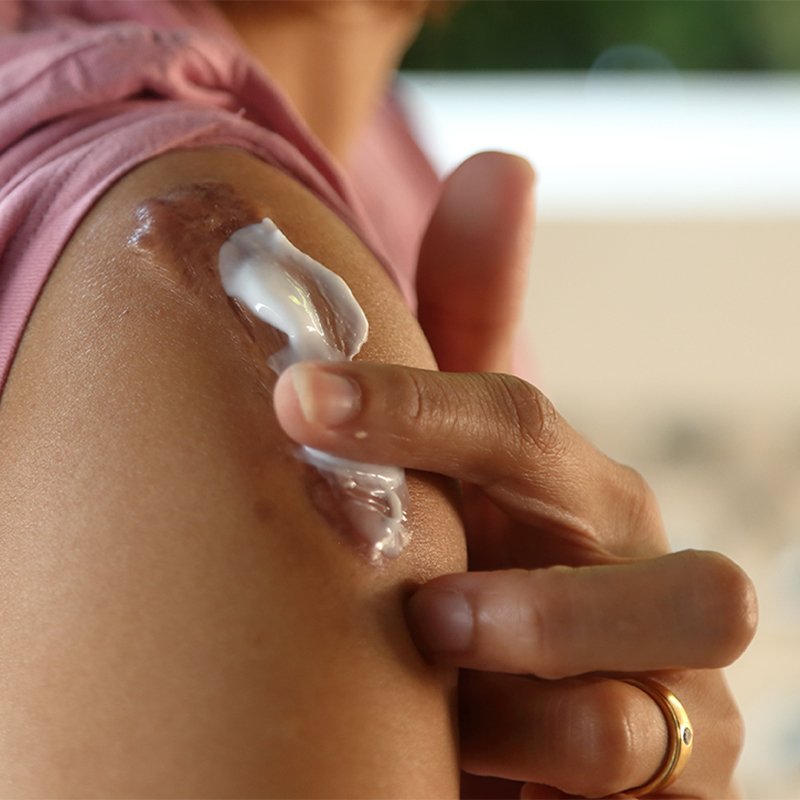
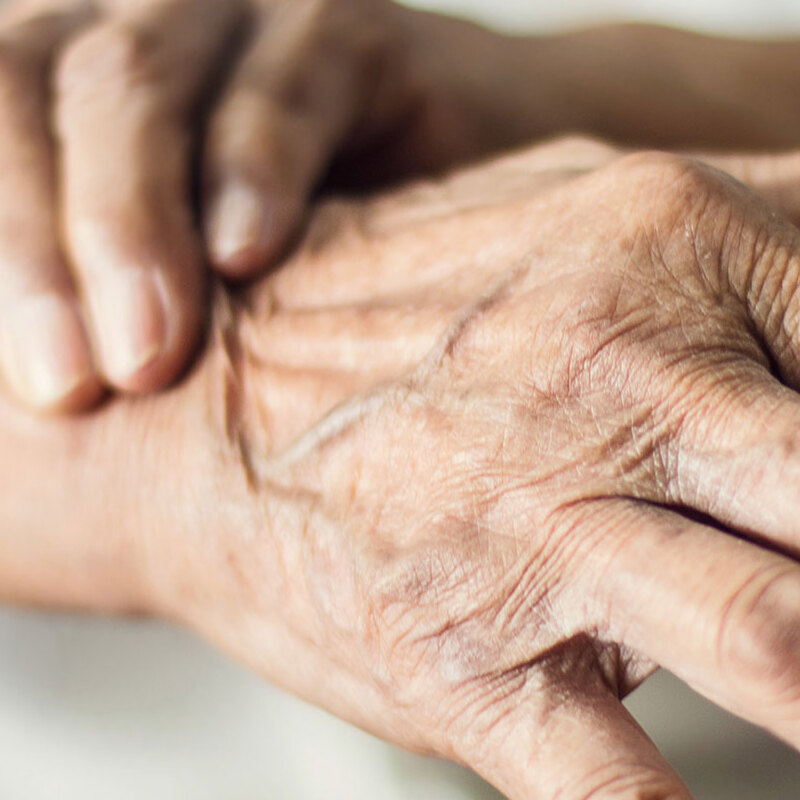
.jpg)



